13 Must-See Chicago Buildings Every Architecture Lover Should Visit At Least Once
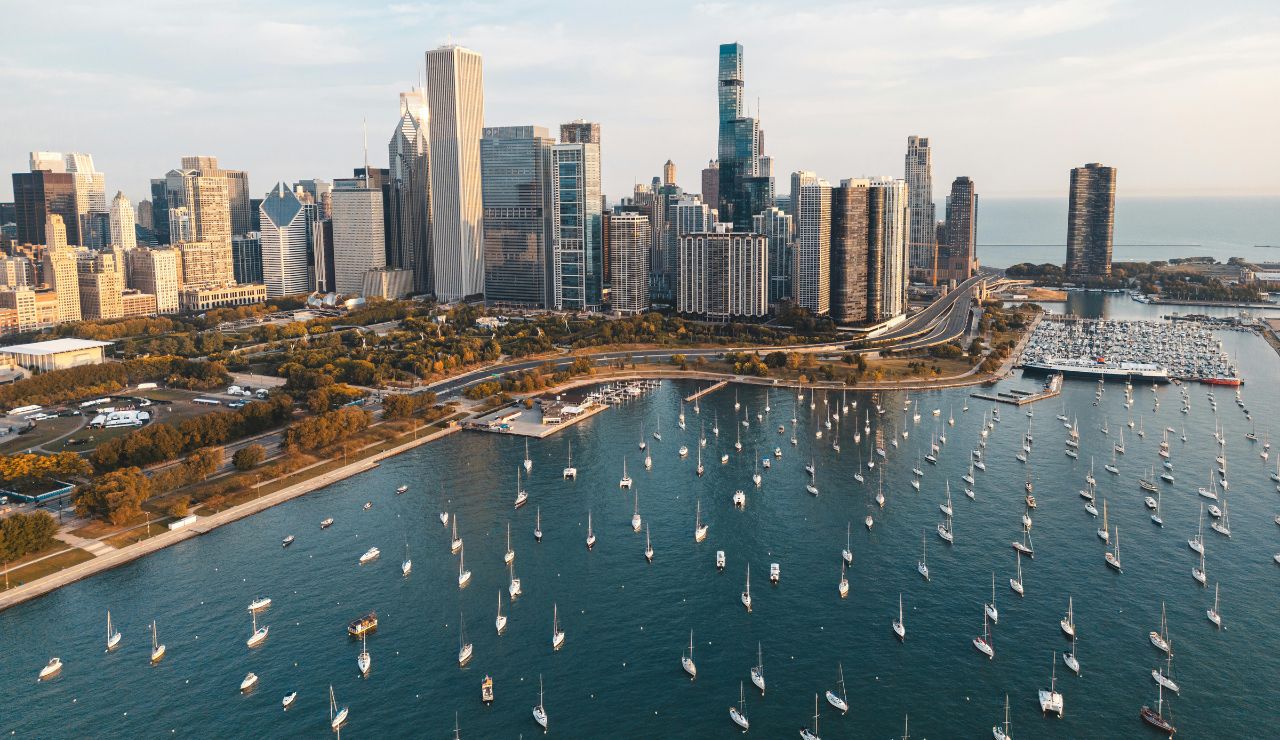
Chicago is an open-air museum for architecture lovers. From sleek modernism to bold Gothic Revival, the city offers more than just skyline views—it’s a crash course in American architectural evolution. These 13 buildings define the city’s character and reveal the daring vision that shaped it. Whether you’re walking the Loop or wandering into Oak Park, these stops will give you a whole new appreciation for design, history, and the spirit of innovation that built Chicago.
Willis Tower

Once the tallest building in the world, the Willis Tower still dominates the Chicago skyline with its steel-framed might. Completed in 1973, its bundled-tube structure set new standards in skyscraper design. The Skydeck and glass-floored Ledge offer unbeatable views and vertigo-inducing thrills. On clear days, you can see four states from the top. Its bold black exterior and elegant taper have become synonymous with Chicago’s architectural ambition. It remains a global symbol of urban engineering at its finest.
The Rookery Building
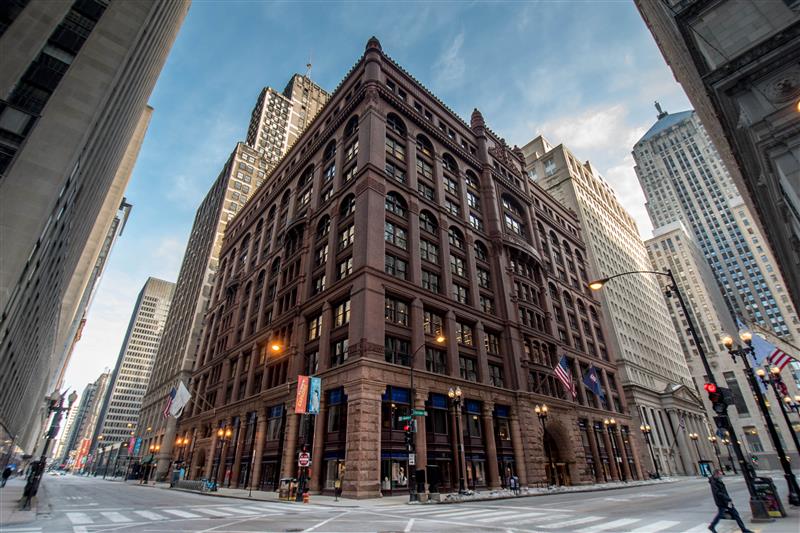
Designed by Burnham and Root in 1888 and later renovated by Frank Lloyd Wright, the Rookery is a masterpiece of architectural fusion. Its exterior shows off Romanesque and Moorish detailing, while the interior is filled with iron, marble, and glass in a light-filled atrium. The floating staircase is a highlight, drawing photographers and design buffs alike. As one of the oldest high-rises in Chicago, the Rookery bridges the city’s past and future with elegance and boldness.
Aqua Tower
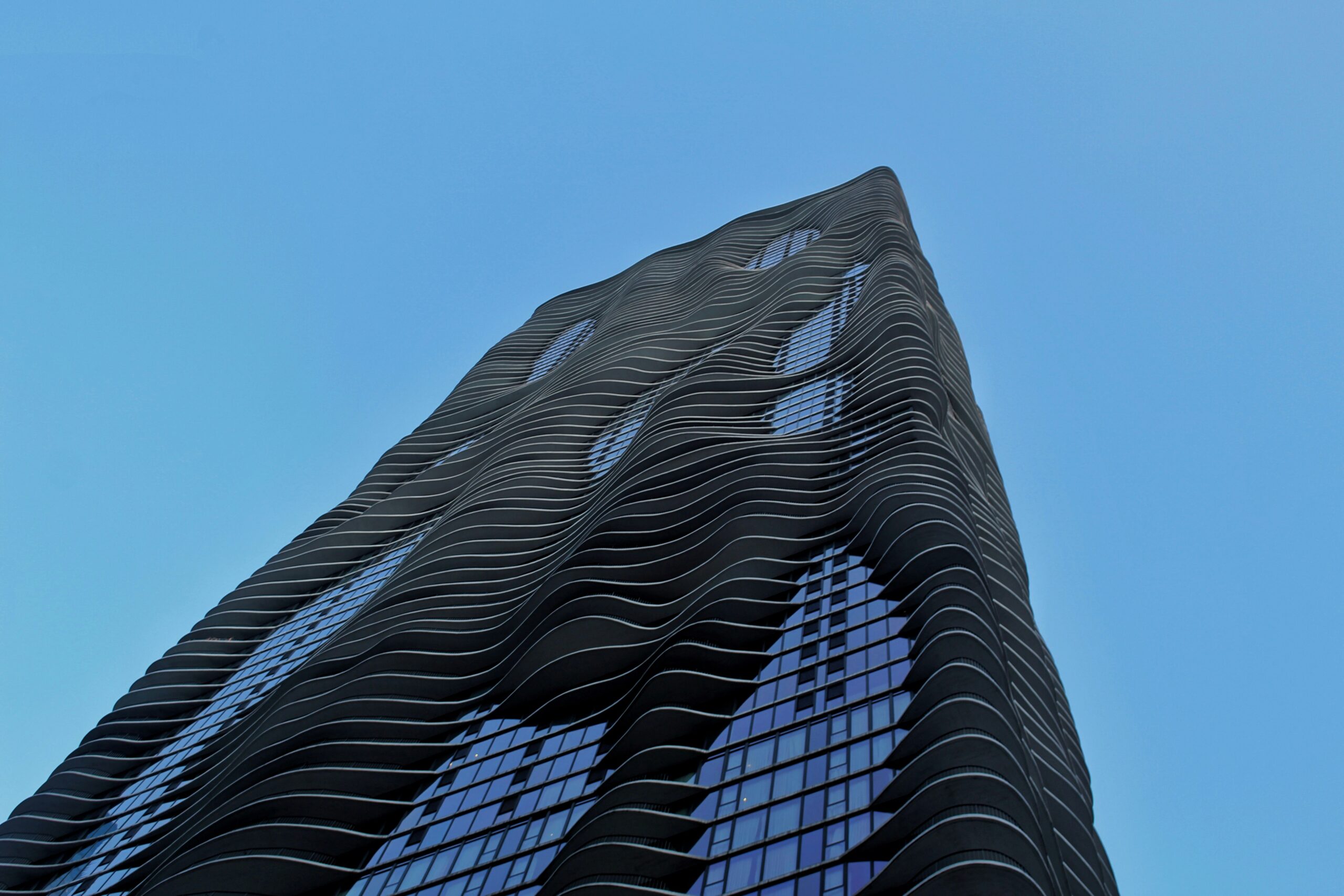
Jeanne Gang’s Aqua Tower has become a modern icon in a city known for architectural giants. The building’s undulating balconies create the illusion of flowing water, reflecting light differently from every angle. Its mixed-use design includes residences, hotel rooms, and green rooftop spaces. At 82 stories, it’s the tallest building ever designed by a woman. Aqua challenges the flat, boxy norms of urban design and stands as a testament to Chicago’s architectural evolution in the 21st century.
Chicago Cultural Center
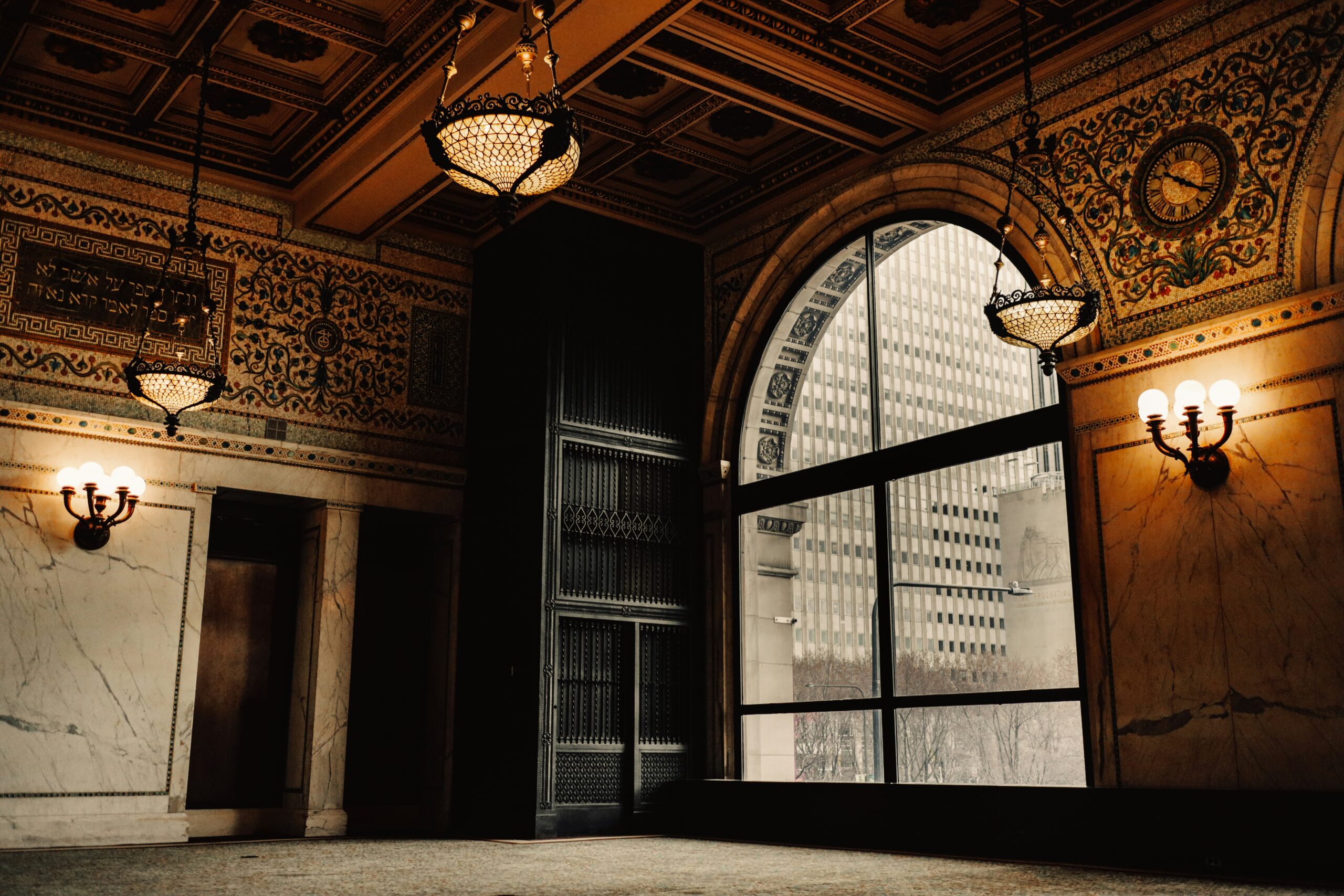
Built in 1897, the Chicago Cultural Center is a stunning example of neoclassical design and civic pride. Its crown jewel is the world’s largest Tiffany stained-glass dome, which glows in natural light and illuminates a space that once served as the city’s public library. Intricate mosaics, Corinthian columns, and sweeping staircases fill the building. Free to the public, it now hosts concerts, exhibitions, and events, making it both an architectural and cultural landmark.
Tribune Tower

A bold result of an international design competition, the Tribune Tower was completed in 1925 and immediately became a standout on Michigan Avenue. Its neo-Gothic architecture features flying buttresses, spires, and decorative stonework. Embedded in its walls are stones from famous global landmarks, including the Great Wall of China and the Berlin Wall. This storytelling through architecture gives it unique historical weight. Today, it houses luxury residences, but the building’s soul remains distinctly journalistic and grand.
Robie House
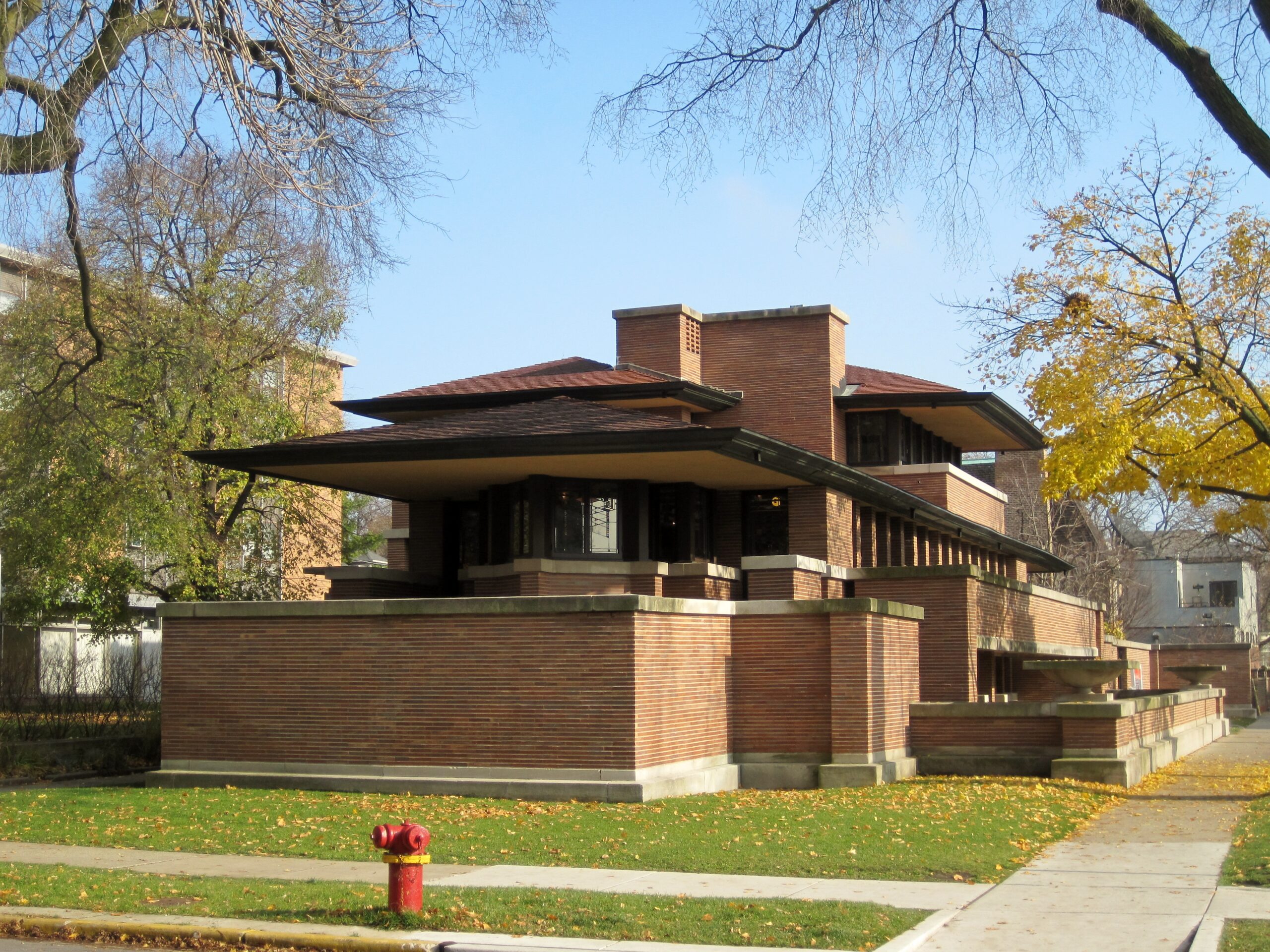
Frank Lloyd Wright’s Robie House is considered one of the finest examples of Prairie-style architecture. Located in Hyde Park and built in 1910, the home emphasizes horizontal lines, open interior spaces, and harmony with the landscape. Long cantilevered roofs and art glass windows add drama and cohesion. It marked a clear break from traditional boxy homes and redefined American residential architecture. A visit inside reveals Wright’s genius in light, space, and flow.
Marina City
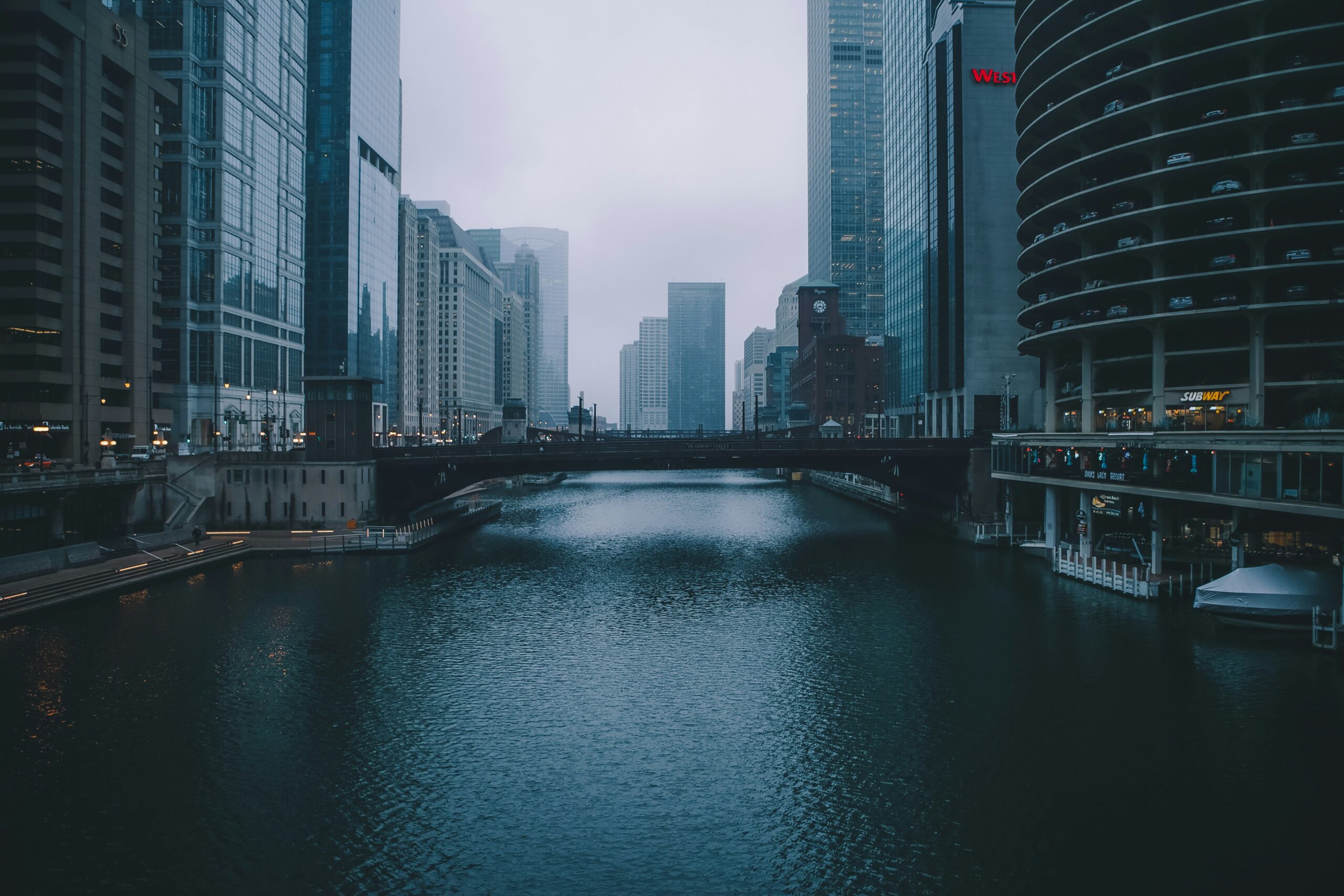
Nicknamed the “corn cobs” by locals, Marina City’s twin towers were radical for their time when completed in the 1960s. Designed by Bertrand Goldberg, the cylindrical design was intended to encourage people to live downtown again. It includes residences, restaurants, a concert venue, and even a marina—creating a city within the city. The design pushed back against rigid modernist boxes, offering curves and complexity. Today, they’re a symbol of Chicago’s midcentury experimental spirit.
875 North Michigan Avenue (formerly John Hancock Center)
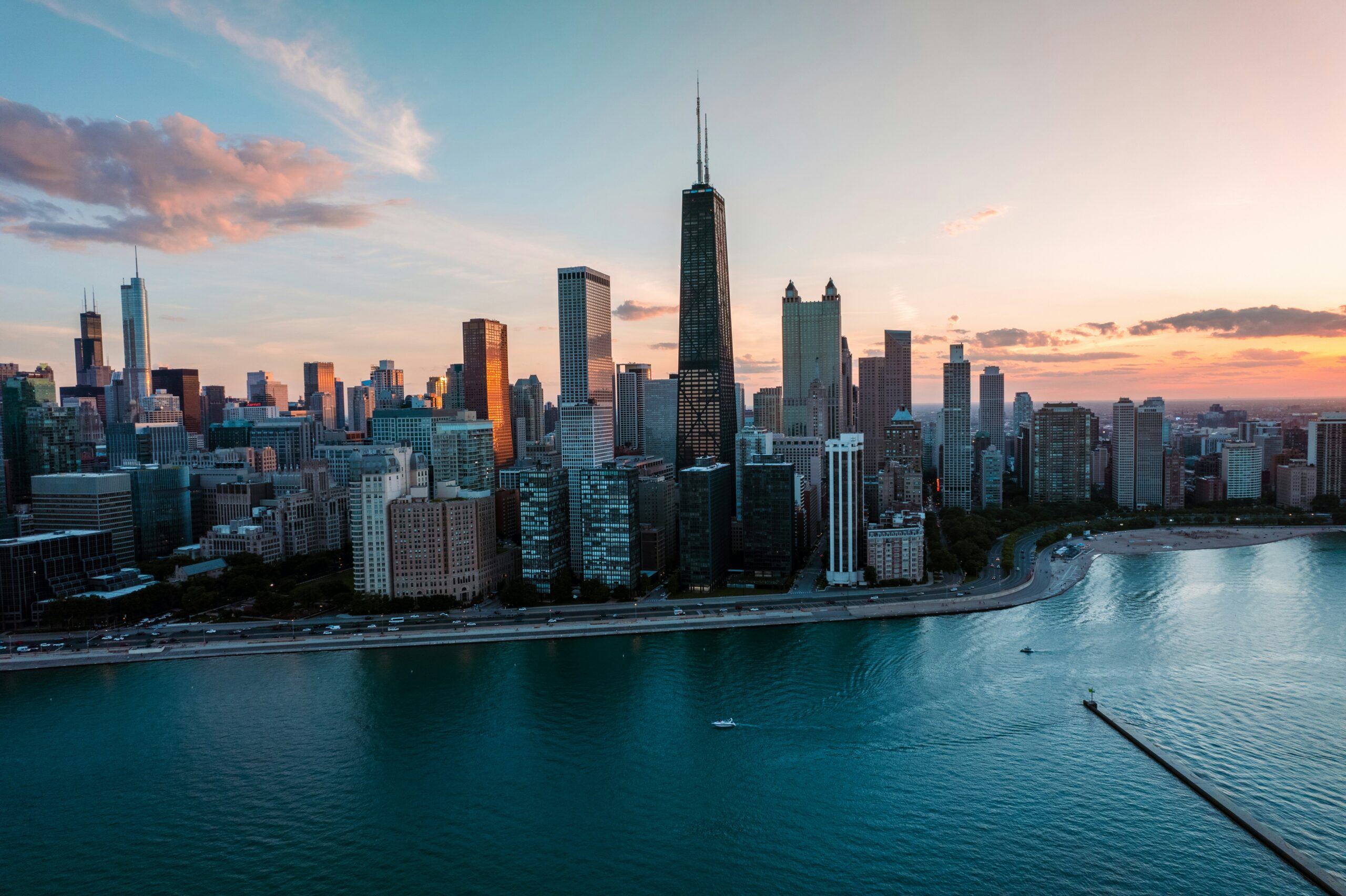
This X-braced, tapered skyscraper is one of the most recognizable buildings in Chicago. Completed in 1970, its cross-beam design allows for both structural stability and dramatic visual appeal. At 100 stories tall, it offers one of the city’s highest observation decks, plus an open-air “tilt” experience that leans you over the edge. Its sleek black form adds strength to the skyline. It’s a marvel of both engineering and aesthetics that embodies Chicago’s vertical ambition.
Chicago Board of Trade Building
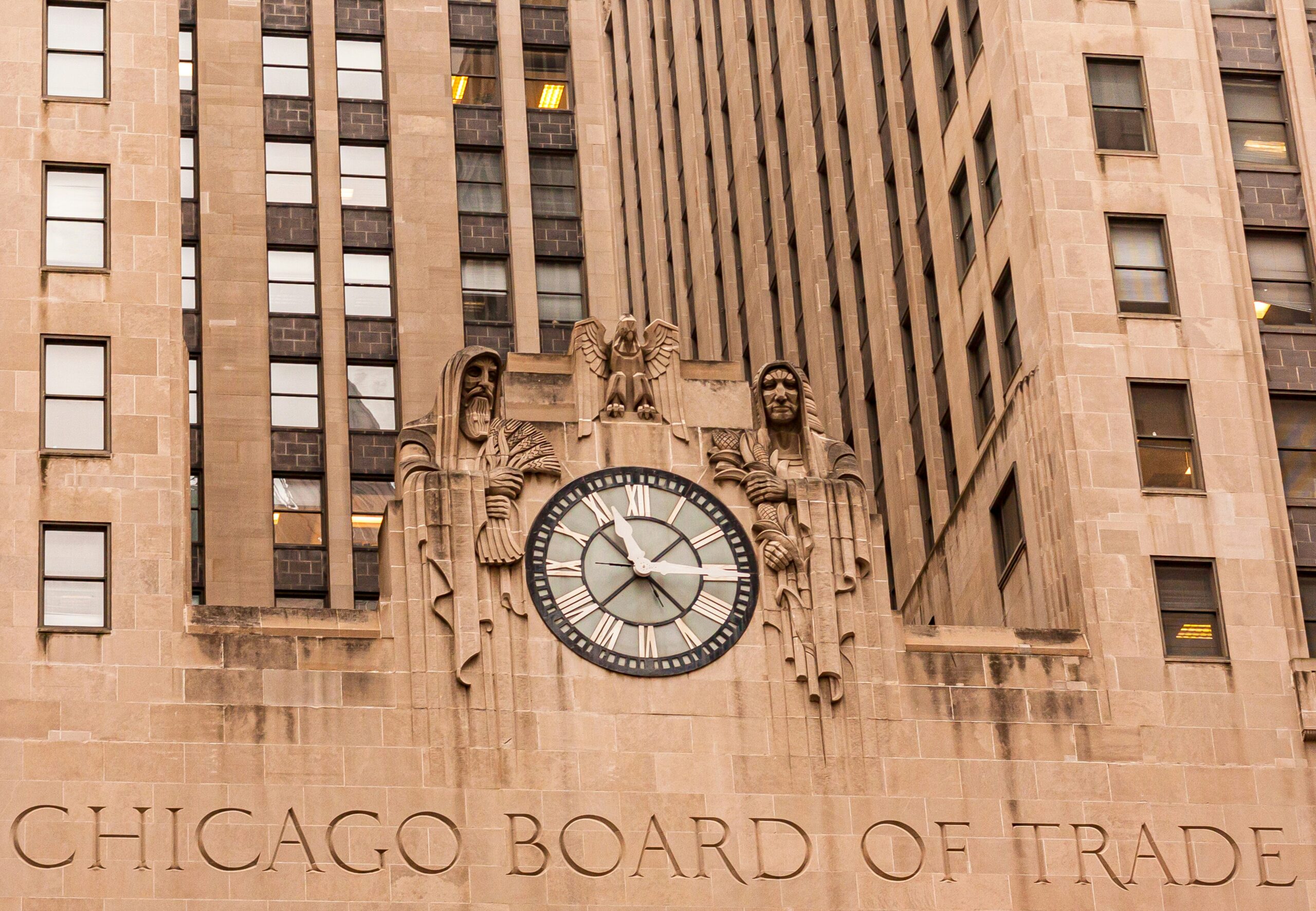
An Art Deco masterpiece completed in 1930, the Chicago Board of Trade Building anchors LaSalle Street with authority. Crowned with a 31-foot statue of Ceres, the Roman goddess of agriculture, it represents the city’s historic role in global commerce. Its limestone façade, symmetrical design, and etched metalwork show off Depression-era elegance. Inside, geometric patterns and marble floors reflect the economic optimism of its time. It’s still a working exchange and a monument to market power.
Bahá’í House of Worship (in Wilmette)
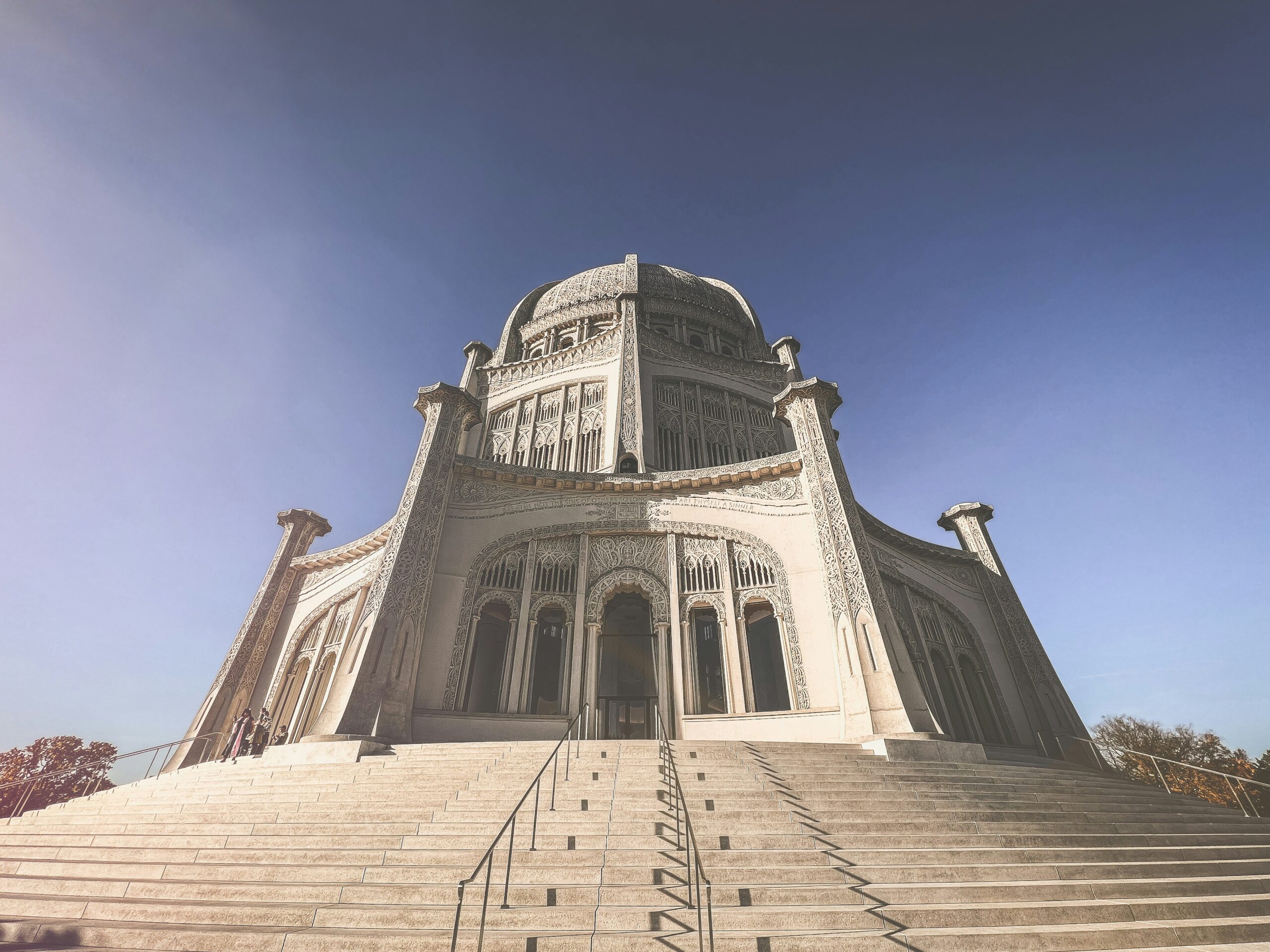
A short drive from downtown brings you to this stunning white temple—one of only nine Bahá’í temples in the world. Completed in 1953, the House of Worship blends modern and classical elements in a lace-like dome. Its nine sides represent unity, and the entire structure is built for silence and contemplation. Surrounded by gardens and fountains, it offers a peaceful retreat. Whether or not you’re spiritual, the design inspires reverence and awe.
Carbide and Carbon Building
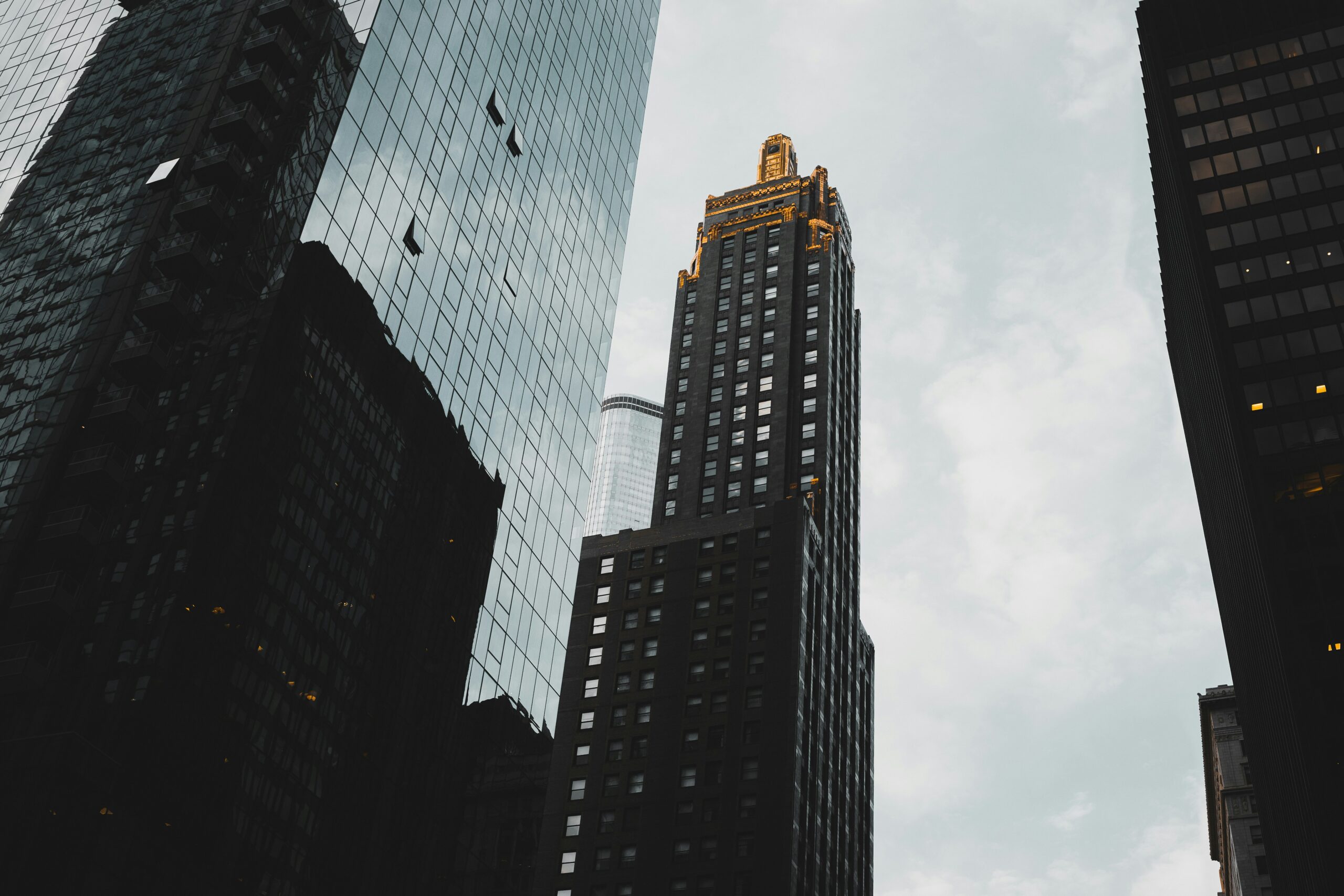
A glittering gem of Art Deco design, the Carbide and Carbon Building is clad in dark green terra cotta with gold leaf accents. Built in 1929, it was allegedly inspired by a champagne bottle—and it shows. The luxurious design stands out even today among glassy high-rises. It now houses the stylish Pendry Hotel, but its architectural DNA remains intact. Walk past it in the evening, and the glow from its crown brings old Chicago glamor to life.
Unity Temple
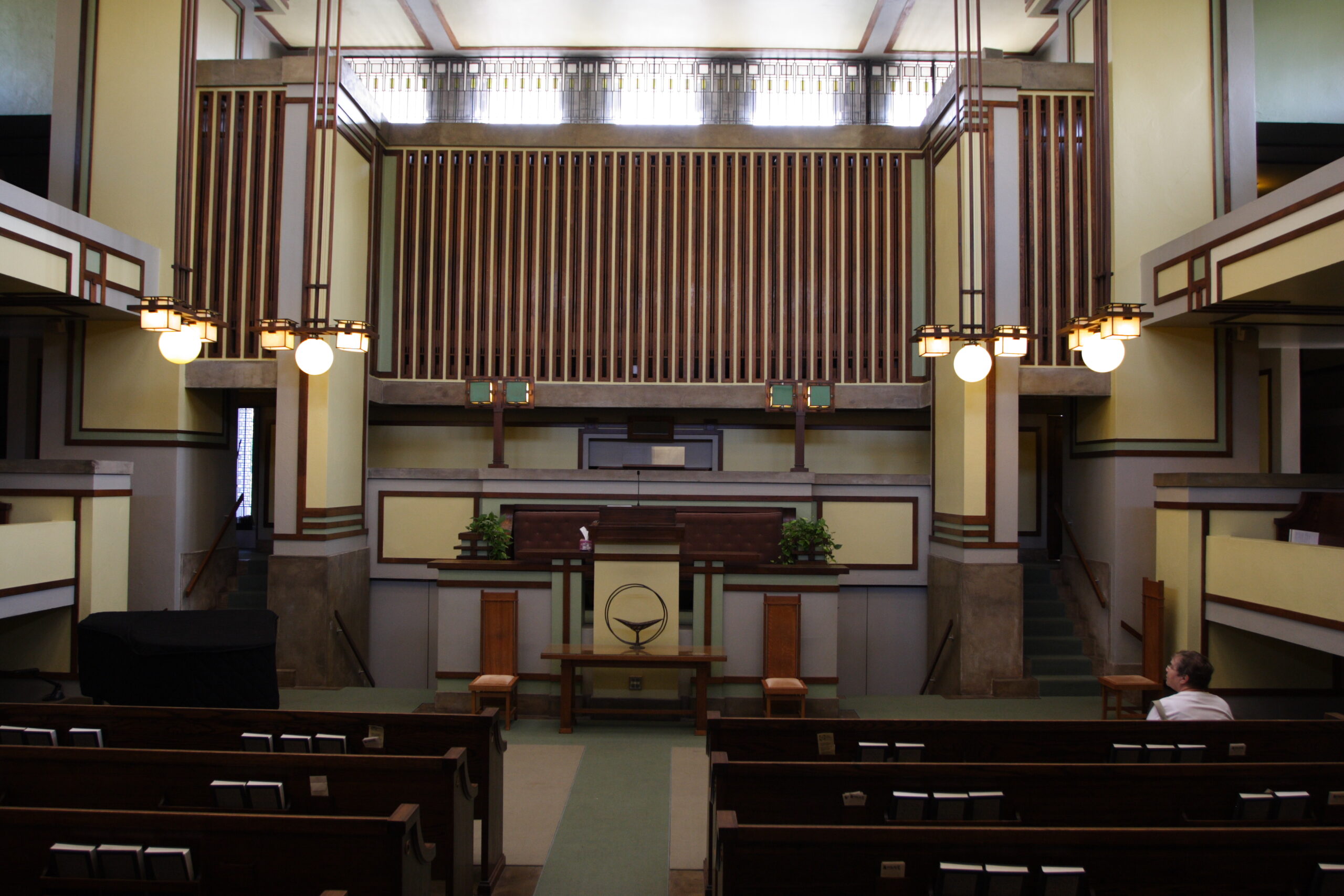
Located in nearby Oak Park, Unity Temple is one of Frank Lloyd Wright’s most influential works. Finished in 1908, it was among the first buildings to use poured concrete as a design feature. The structure is bold, blocky, and rooted in Wright’s vision of organic architecture. Inside, the space is warm and spiritual, flooded with soft light and natural materials. It’s a quiet masterpiece that continues to influence architects a century later.
CNA Center
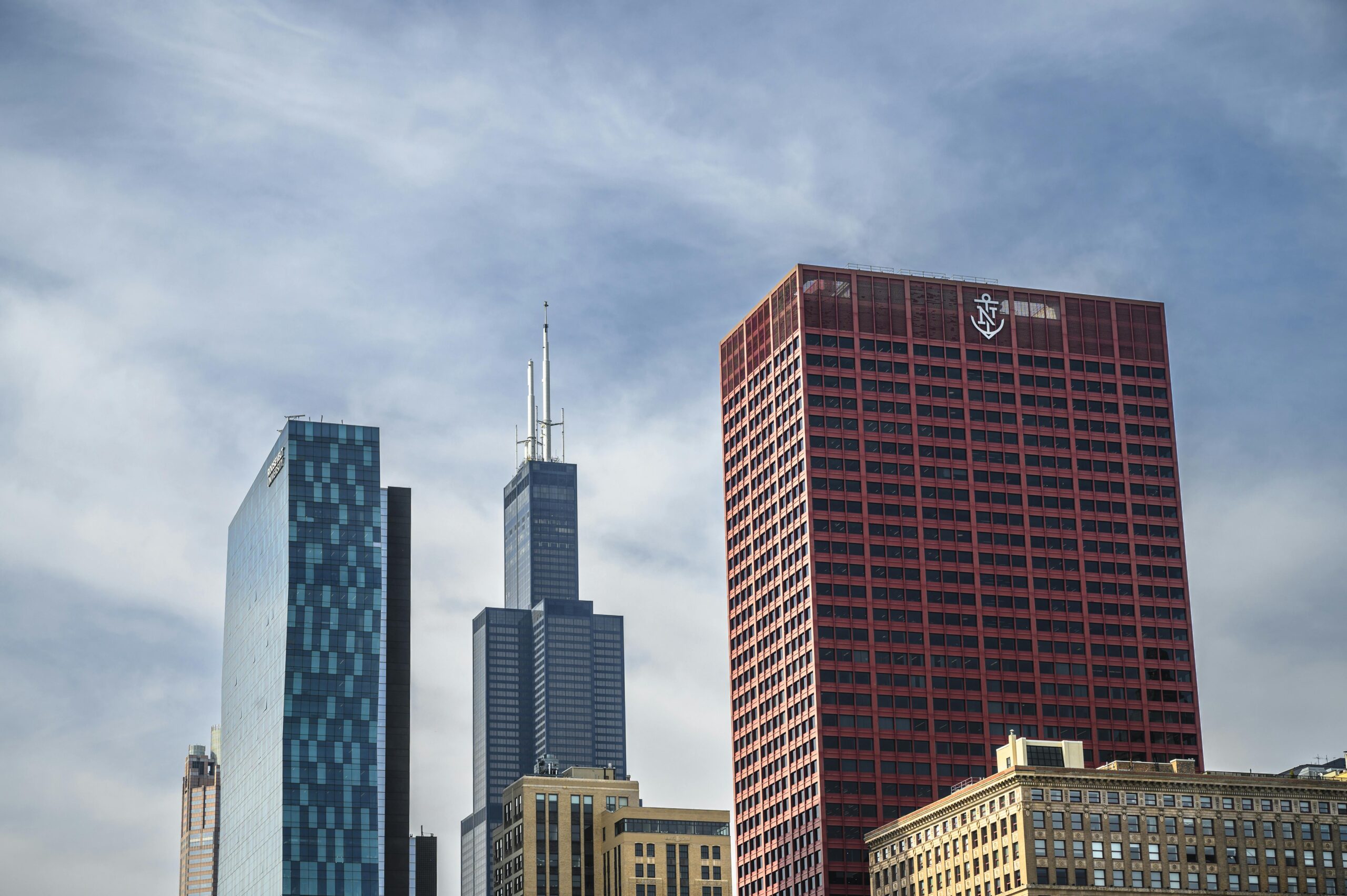
This bright red skyscraper near Grant Park can’t be missed. Designed in the 1970s and recently renovated, the CNA Center is a bold contrast to its neutral-toned neighbors. It’s not a classic in the historical sense, but its daring color and geometric simplicity have earned it iconic status. The building’s visibility in skyline photos and parade routes has made it beloved by locals. It’s a reminder that sometimes, color alone can make architecture unforgettable.